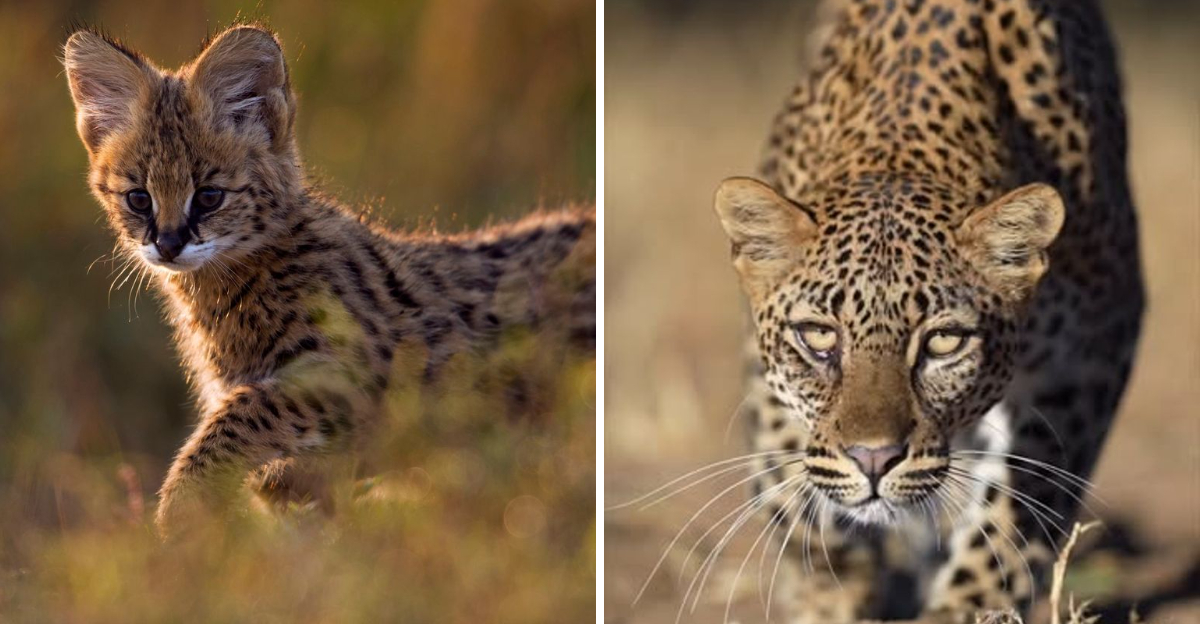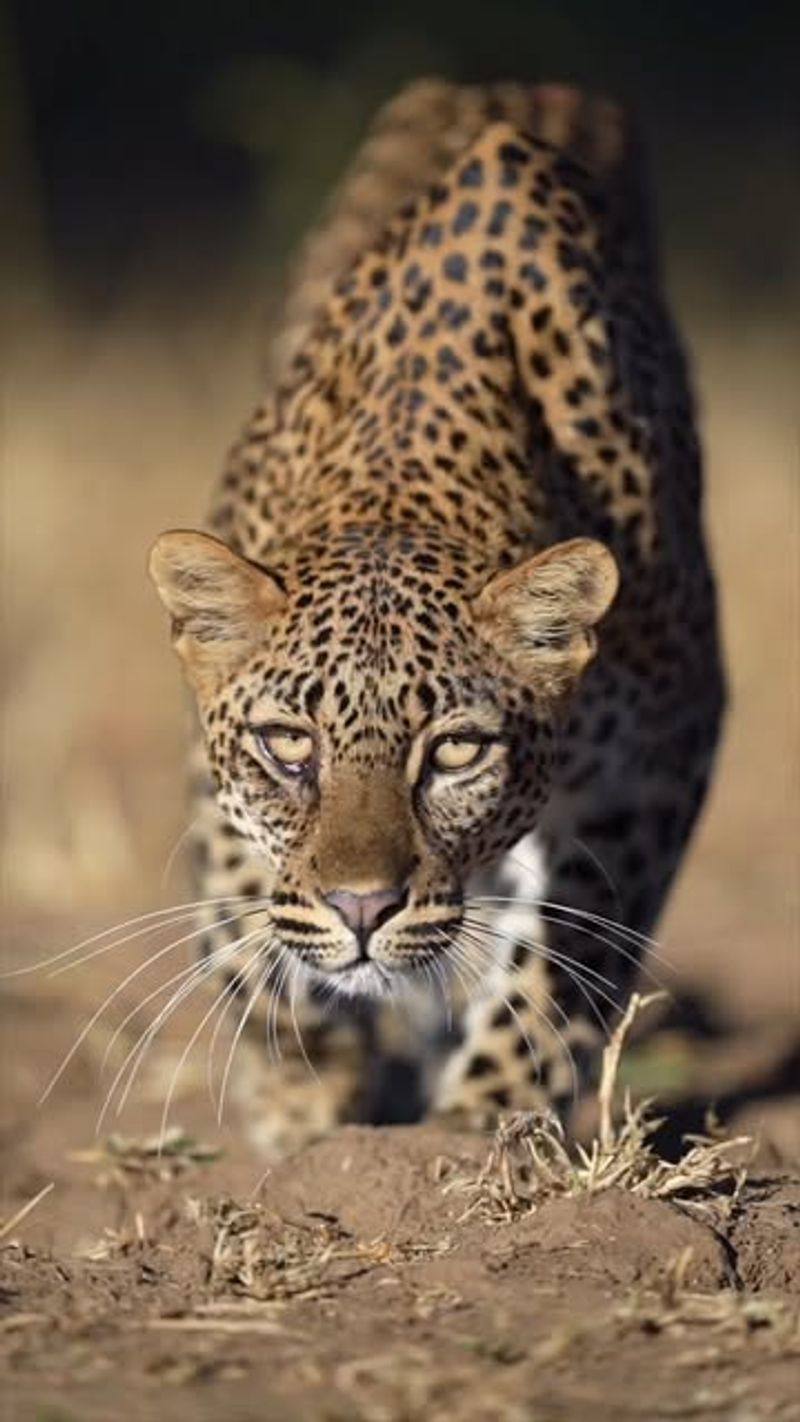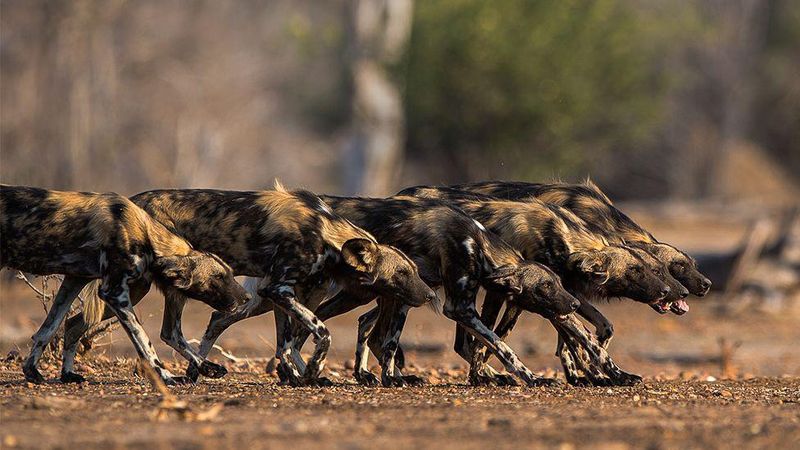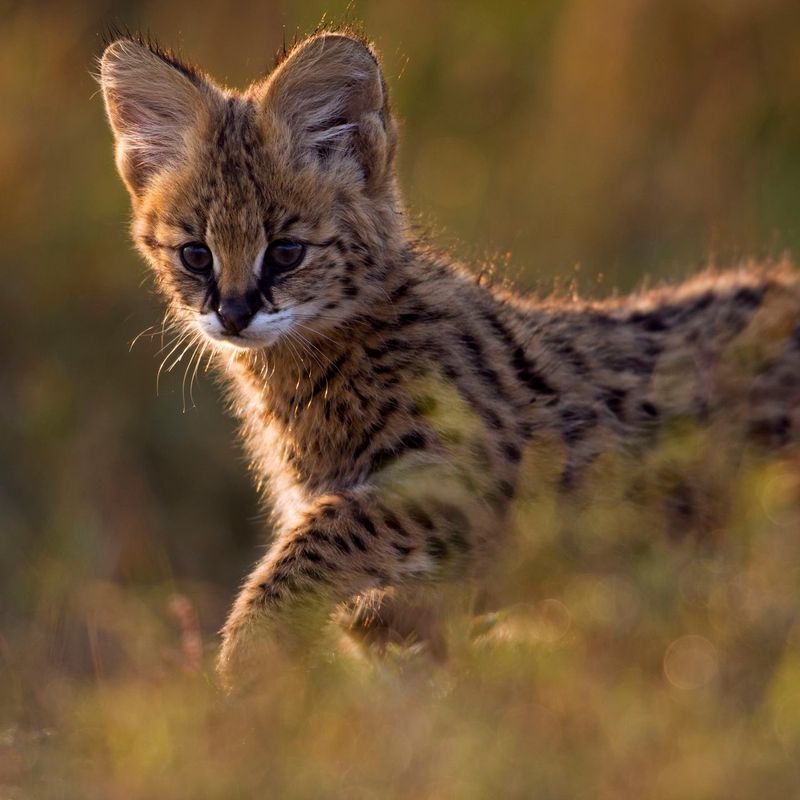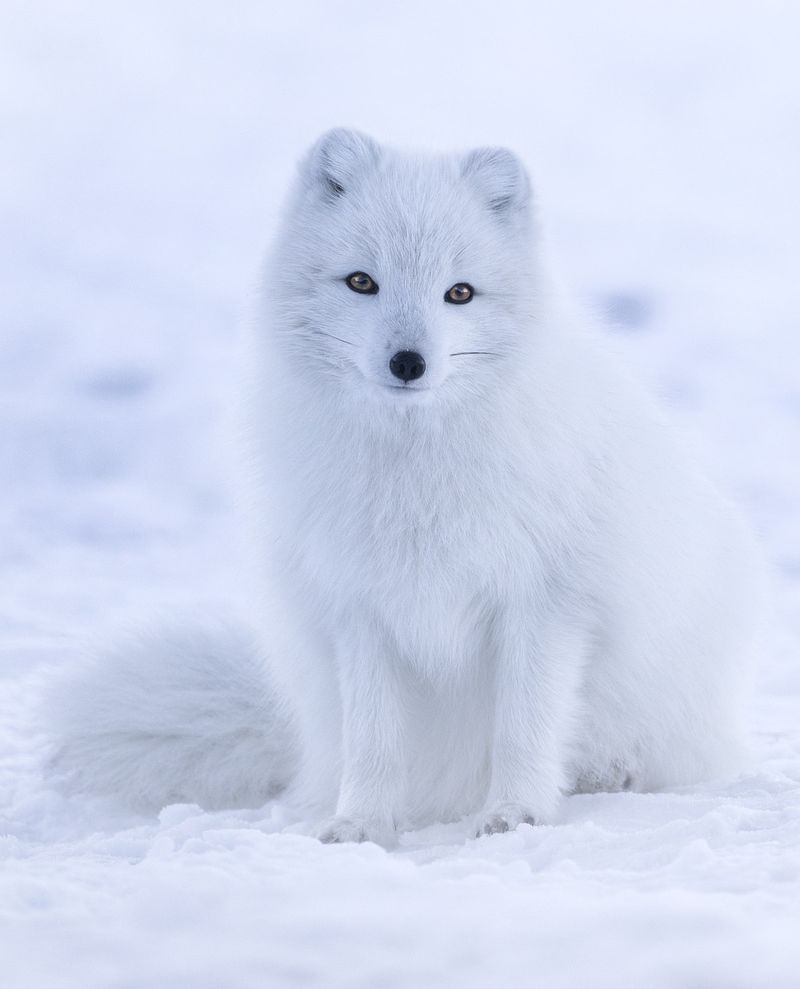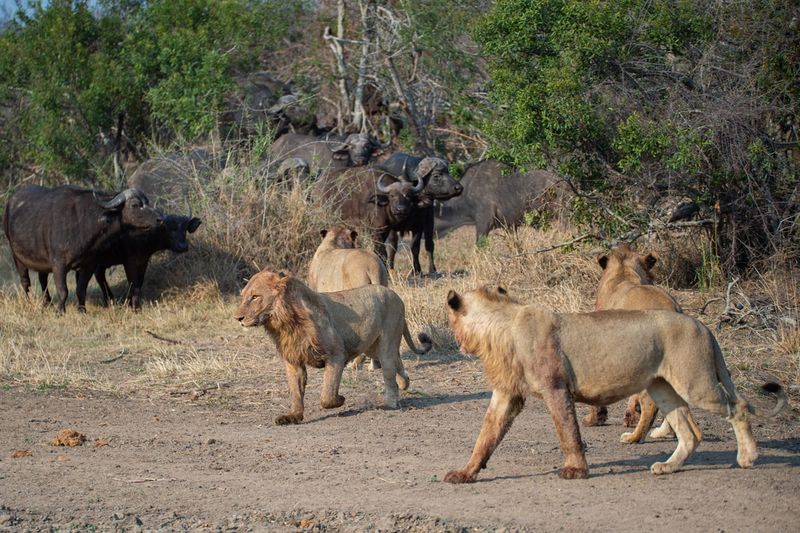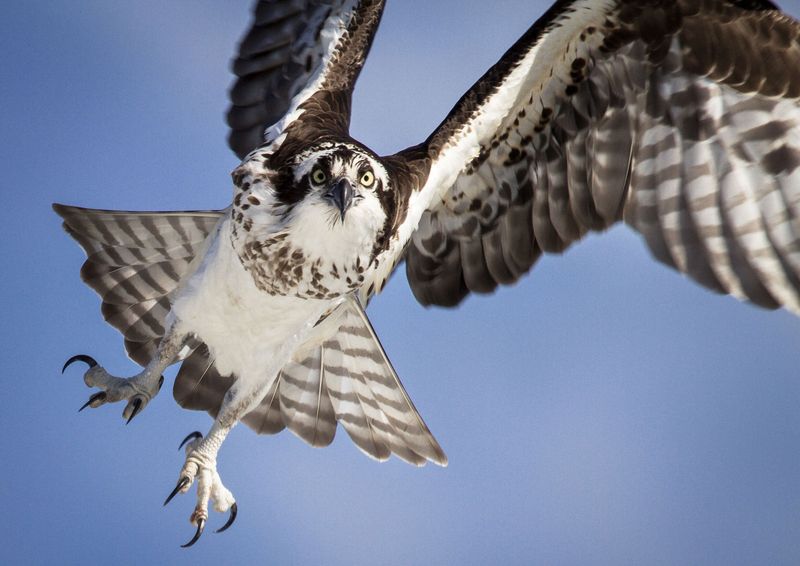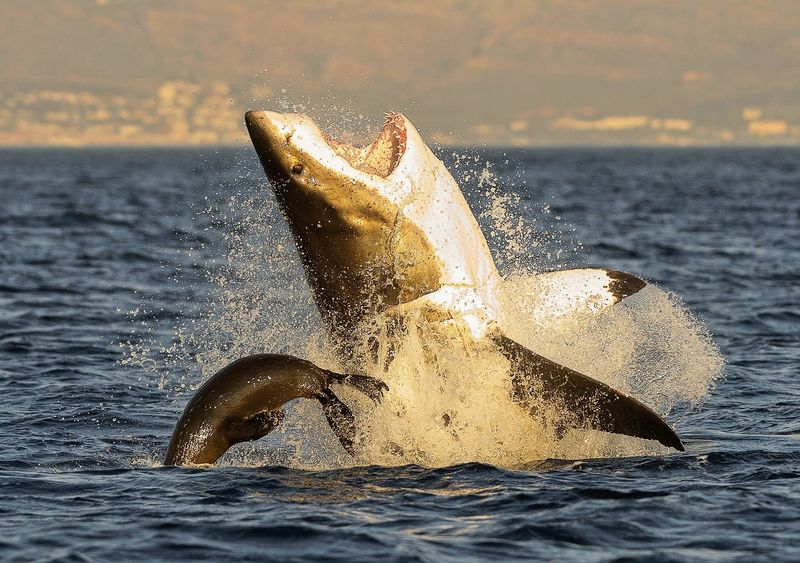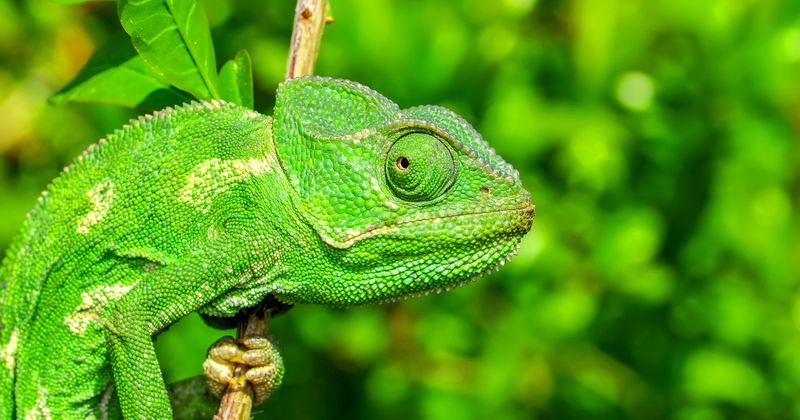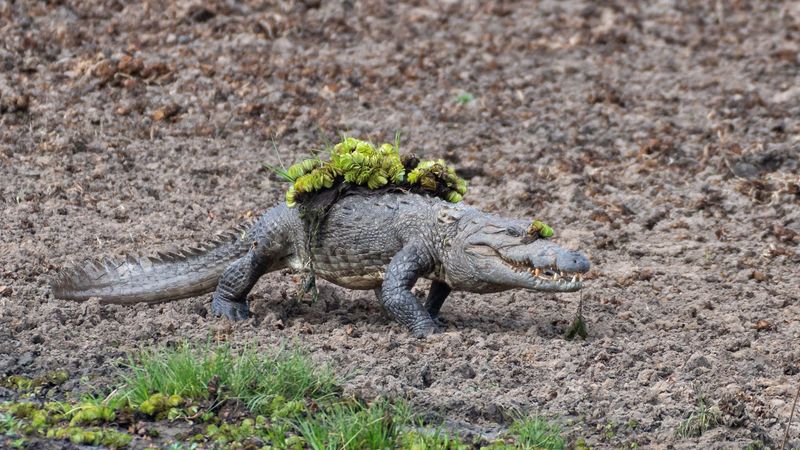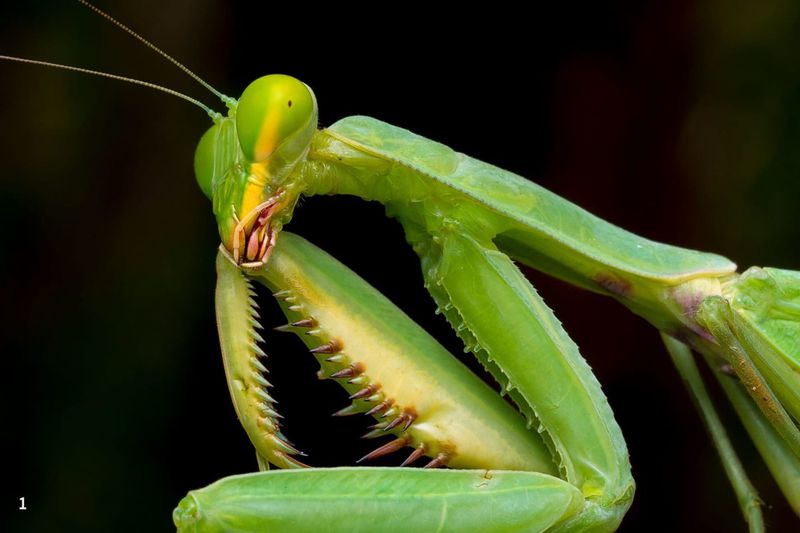In the untamed corners of the world, where every pawprint marks a story, predators reign with stealth, speed, and strategy. They’re nature’s apex players—fierce, elegant, and crucial to ecological balance. But not all predators roar; some creep, stalk, and strike with surprising subtlety. Paws and Predators dives into the thrilling lives of Earth’s most captivating hunters, blending instinct, adaptation, and raw power across five gripping listicles.
Stealth Mode: How Big Cats Master the Art of Ambush
Lions may rule the savannah, but when it comes to solitary precision, few predators rival the stealth of leopards and tigers. With padded paws that muffle every step and bodies built for silent agility, big cats rely on patience and positioning to get within striking distance of prey. Their distinctive coats—striped, spotted, or rosetted—serve as natural camouflage in grasslands and forests. Unlike pack hunters, these felines go it alone, depending on sheer timing and explosive energy. A single pounce can bring down prey twice their size. Whether stalking deer in Indian jungles or antelope on African plains, these cats are the ninjas of the predator world—elegant, efficient, and undeniably deadly.
Canine Coordination: The Pack Power of Wolves and Wild Dogs
What big cats do alone, canines do together. Wolves and African wild dogs have turned teamwork into a hunting art form. In these tightly-knit packs, communication is everything—howls, body language, and scent marking keep the group synchronized. Wolves in North America can pursue elk for miles, while African wild dogs boast an 80% success rate in their chases, one of the highest among carnivores. Their strategy? Divide and conquer. One group chases, another flanks. Their paws are built for long-distance stamina, not stealth, and they use endurance as a weapon. These predators show that brains, bonds, and a bit of bark can rival brawn on the battlefield of survival.
Tiny Hunters, Big Impact: The Silent Predators with Soft Paws
Not all deadly predators are big and bold—some are small, quiet, and live in your backyard. Domestic cats, for example, may be adorable, but they are skilled micro-predators, capable of catching birds, mice, and insects with ease. Their paw pads are soft for stealth, and their reflexes are lightning-fast. In the wild, small feline species like the black-footed cat or serval are equally deadly, often taking down prey several times a night. Despite their size, they play vital roles in controlling populations and maintaining ecological balance. Never underestimate a creature with whiskers and soft paws—it could be nature’s most efficient (and cutest) assassin.
Paws of Ice and Fire: Arctic and Desert Predators in Extreme Environments
In nature’s most brutal biomes, predators have evolved paws that conquer both ice and fire. The Arctic fox, with its thick-furred feet, treads across frozen tundra silently, listening for the faint sound of prey beneath the snow. Meanwhile, the fennec fox of the Sahara has wide, fur-lined paws that act like snowshoes—for sand. These adaptations prevent burns and help them sprint across scorching dunes. Polar bears, with their massive padded paws, distribute weight evenly on thin ice while stalking seals. These predators prove that survival isn’t just about claws and teeth—it’s also about traction, balance, and the quiet strength to thrive where others wouldn’t dare to step.
The Predator’s Paradox: Balancing Fear and Vitality
Predators often evoke fear, but their presence is essential to healthy ecosystems. Known as keystone species, they keep prey populations in check, which in turn protects vegetation and maintains biodiversity. Without them, ecosystems can collapse—overgrazing, disease spread, and imbalances run wild. Interestingly, predators can shape landscapes without even hunting; just their presence alters prey behavior, creating a “landscape of fear” that influences migration and grazing. The paradox is clear: while their power is based on tooth and claw, their true strength lies in balance. From lion prides in the Serengeti to mountain lions in North America, these creatures walk the line between terror and ecological necessity—reminding us that nature’s most feared are often its greatest protectors.
Aerial Assassins: Birds of Prey in Action
With eyes as sharp as their talons, birds of prey are the aerial aces of the animal kingdom. Eagles, hawks, and falcons strike from above, using gravity as an ally. Their acute vision allows them to spot a rabbit from a mile away, while their powerful wings give them the speed to catch it. In the sky, these raptors reign supreme, swooping down with deadly precision. They play a critical role in controlling rodent populations and maintaining the health of their ecosystems. Watching a hawk in mid-dive or an eagle snatching a fish from a river is a breathtaking testament to nature’s aerial precision. These birds are not just hunters; they are masters of the skies.
Marine Marvels: Ocean Predators and Their Underwater Prowess
In the vast expanse of the ocean, predators like the great white shark and orca reign supreme. Their streamlined bodies and keen senses make them the perfect hunters of the deep. Sharks have an extraordinary sense of smell, detecting a single drop of blood in millions of gallons of water, while orcas use echolocation to locate prey even in the darkest depths. These aquatic hunters are not only fearsome but essential in maintaining the balance of marine ecosystems. By controlling the populations of their prey, they ensure the health of the ocean’s food web. The ocean may seem serene, but beneath the waves, a world of strategic and graceful predation unfolds.
Masters of Disguise: Camouflage in the Predator World
Some predators rely on surprise, and camouflage is their secret weapon. Chameleons and octopuses are experts at blending into their environments, becoming virtually invisible to their prey. Chameleons change their skin color to match their surroundings, while octopuses alter both color and texture. This ability to vanish into the background allows them to ambush unsuspecting targets with ease. Beyond being a hunting tactic, camouflage is also a defense mechanism, protecting these predators from becoming prey themselves. In the wild, the art of disguise is as crucial as speed or strength, making these masters of camouflage some of nature’s most cunning hunters.
Silent Swimmers: The Stealth of Aquatic Predators
Beneath the water’s surface, predators like alligators and crocodiles use stealth as their primary weapon. These silent swimmers glide through murky waters with only their eyes and nostrils visible above the surface, waiting patiently for the perfect moment to strike. Their ambush technique is so effective that prey often doesn’t realize they’re in danger until it’s too late. These reptiles are not just prehistoric beasts; they are highly adapted hunters. Their ability to hold their breath for extended periods and their powerful jaws make them formidable predators. In aquatic environments where patience and precision are key, these silent swimmers reign with quiet dominance.
Insect Assassins: Deadly Predators in Miniature
In the miniature world of insects, the praying mantis is a legendary hunter. With forelegs equipped like swords, it waits motionless for prey to wander within reach. When the moment arrives, it strikes with blinding speed, capturing its target in a lethal embrace. Praying mantises are not just fierce—they’re fascinating. They can rotate their heads 180 degrees to survey their surroundings, an ability rare in the insect kingdom. This insect not only ensures its survival but also helps in controlling pest populations. Its predatory prowess is a reminder that even the tiniest creatures can be formidable hunters in the vast tapestry of life.
